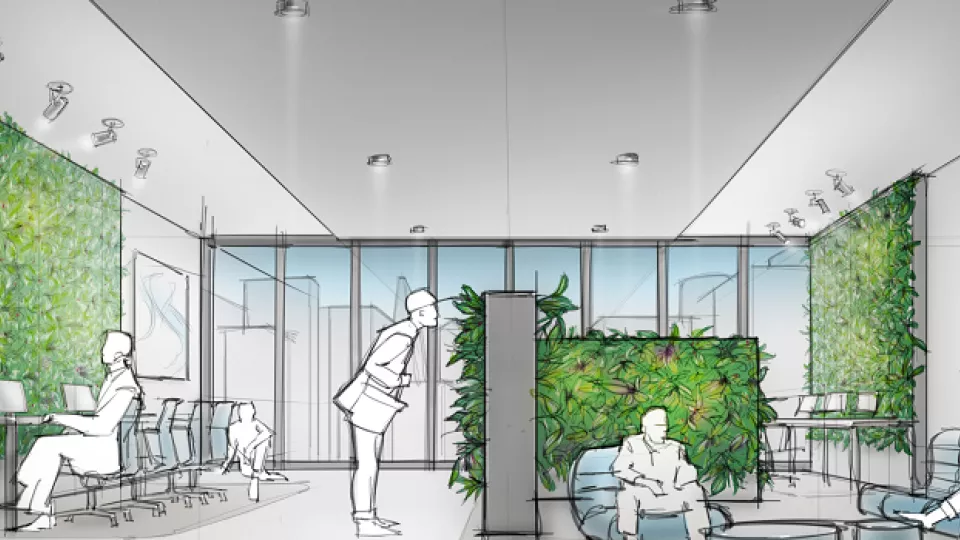Erik Wilson, a Lund University Master’s student at the time, was working on his thesis abroad in 2016. He was spending a lot of time indoors in offices, and nature was less accessible than in his native home country of Sweden.
“I found myself thinking: is this my future when I graduate? I missed being outdoors, surrounded by nature. That’s how the idea for Bylife began”, he says.
While plant walls may not replace actually being outside, there are a lot of benefits, says Wilson. Indoor plants clean the air, absorb sound and humidify the air. Studies have also shown that productivity and creativity increase.
“Depending on what plants you chose, and our sensors, we will be able to tell you how much your indoor air has been cleaned, or CO2 absorbed, to let you be in control of your own plant wall. This is something completely novel” says Erik Wilson.
Plant walls, or living walls, is nothing new, yet they are not commonplace. Erik Wilson asked himself why this is and what we can do about it. The vision was to create a product that requires less maintenance than potted plants, has a sleek design, and that could bring a lot of plants and the feel of nature - even to smaller spaces indoors.
The end result was a plant wall with an IoT tech layer, and a water tank connected to it. The wall uses hydroponic plants, that don’t require any soil, instead relying on a water solvent with nutrients in it. These types of plants are more robust, and do not risk attracting flies, for instance, in the same way that regular plants could.
“Maintenance should be predictive, only when the water tank needs refilling. At the same time you may need to remove some dead leaves, or perhaps you’d like to replace a few plants for variety. But the solution is as hands-off as possible”, concludes Erik Wilson.
Contact:
Erik Wilson,
CEO & Co-founder
MSc in Nanoengineering
+46704259070
Erik [dot] wilson [at] bylife [dot] io
